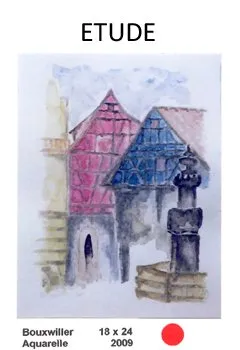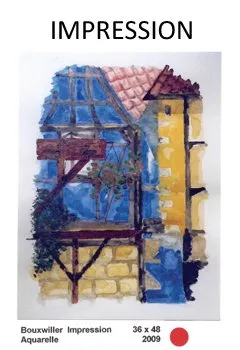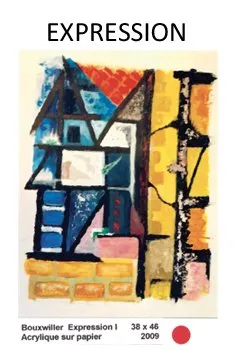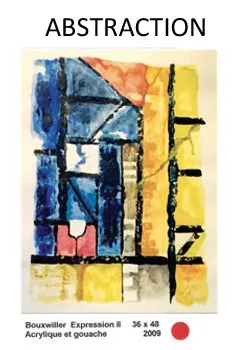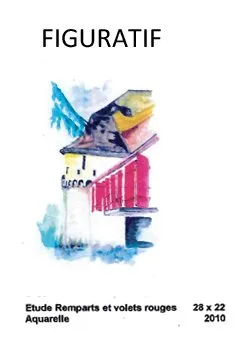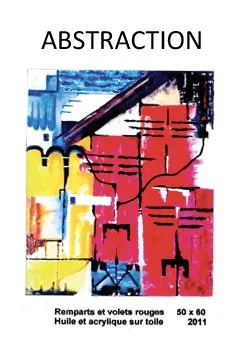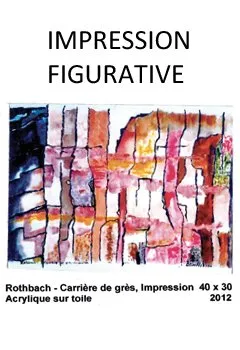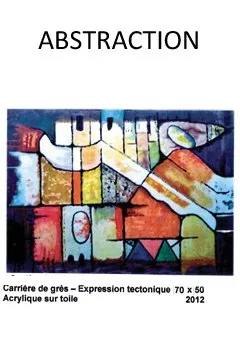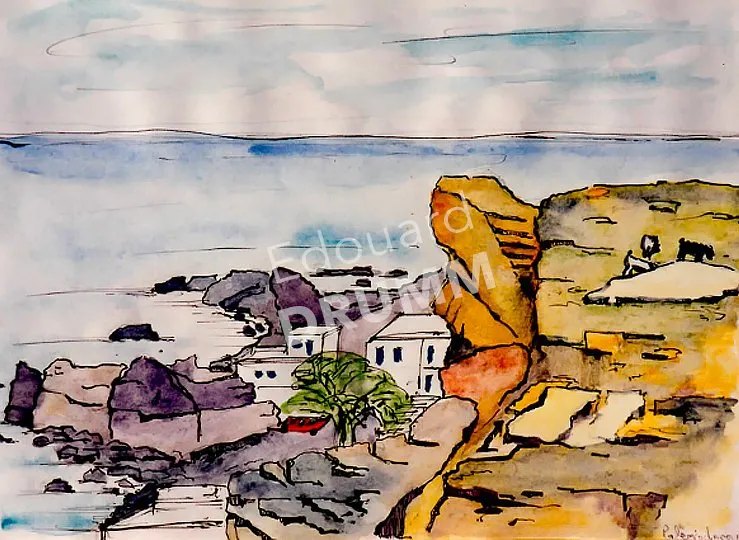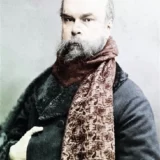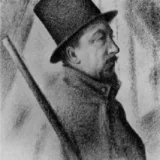PainterMy Approach
During my four-year residency in Algeria, influenced by travels in southern and western France, as well as in North and West Africa, my way of seeing completely changed…

Edouard Drumm
After my training in fine arts painting in Berlin, my work followed a figurative style.
During my four-year residency in Algeria, influenced by travels in southern and western France, as well as in North and West Africa, I completely changed my way of seeing.
As a result, my painting follows the path of structuring, leading it toward tectonic abstraction.
My approaches: at one time, the motif will be fragmented and then compressed and restructured (the Tectonic Abstractions); at another time, the painting is created in continuity (the Compositions).
My works include chromatic and floral compositions, tectonic abstractions, and compositions, sometimes using classic colors such as cobalt blue, madder, oxblood red, verdigris, and all the variants of lime and beige and pink sandstone.
The wounds of rocks and stones, wood and metal, caused by erosion over time, form crevices, cracks, grooves, and fissures, which become in fine art lines of force that structure the color surfaces. The result is a recomposition of the particularity and uniqueness of the motif, creating a different harmony, a play of colors and light.
PainterFine Arts Training
West Berlin
Figurative • Impression • Expression • Abstraction
Each art form reflects a part of a world and a life. The way it is presented by the artist demonstrates and explains their thoughts and emotions.
Having reactions and inspirations, inventing new forms, discovering unexpected structures, and wanting to develop them using the means of art—these are all expressions of discipline, a way of feeling, and a technique of fragmenting and abstracting the elements of a motif in order to recombine them in a painting. This makes it tangible to initiate other experiences and contemplations.
I have observed that nature itself offers abstraction through the play of shadows and rays of light, through the effects of heat and cold air, through the colors of dawn, noon, and dusk, with composition and rhythm of lines and colors in constant change.
Thus was born the desire to fragment, dissect, and decompose a motif to seek its essence and recombine and compress it. This is a means to grasp the uniqueness of a landscape or site, interpreted through a painting on the path from figuration to abstraction. It means neither illustrating, nor copying, nor repeating the visible through a superficial view.
By following the laws of abstraction, the painting remains connected to the traces of nature, inviting viewers to make unexpected discoveries and to be captivated by the structures and colors, by the uniqueness and this new strength of the underlying motif. The goal is to recombine the texture of a site to achieve its “tectonic” abstraction.
